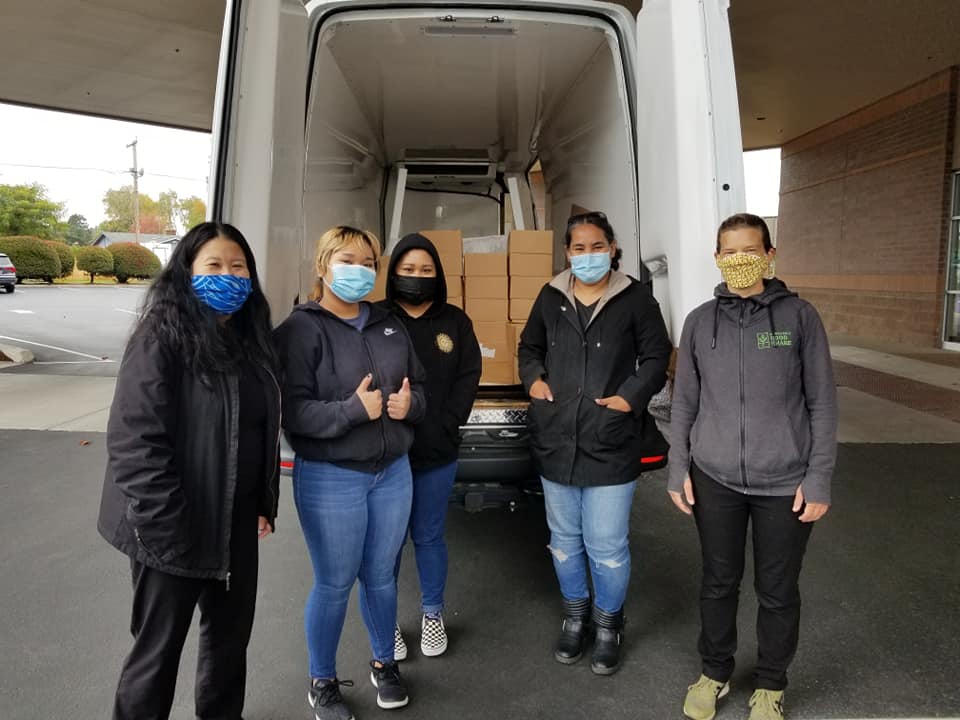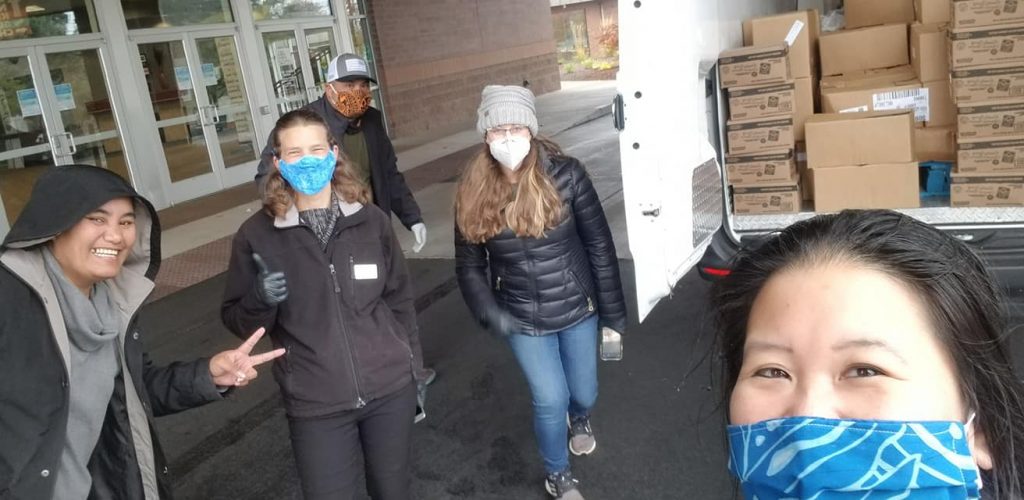

For the past year, one of the disastrous impacts from the COVID-19 pandemic has been an increase of food insecurity – the lack of access to sufficient food due to limited financial means. As businesses shuttered, ‘shelter in place’ orders were issued by states, and households were fearful of COVID-19 infection, one public health concern that increased substantially was access to food. Communities had a reduction in hours or lost their jobs. Others who were lucky managed to stay home. Those who continued to work braved potential infection or in some cases, became casualties of the infection themselves.
Prior to COVID-19, food insecurity rates were decreasing (Feeding America, 2021). After COVID-19, it is estimated that 54 million people will become food insecure, increasing the number impacted from 37 million people (Feeding America, 2021).
The continued food insecurity crisis continues to harm our community, resulting in higher numbers of children and adults going to bed hungry.
According to Healthy People 2020, food insecurity is influenced by numerous factors. The factors include income, employment status, disability, racial and ethnic identity, parental status (specifically if single parent households), and residence.
For the past year, my nonprofit, the Micronesian Islander Community (MIC) provided food to our community. A major part of our work included partnering with community food pantries such as Marion Polk Food Share to provide food boxes. We also received funding to purchase and create cultural food boxes that were delivered to the homes of community members infected with COVID-19. Over the year, we provided support to over 2,000 households and roughly estimated over 5,000 people.

Food assistance programs such as the Women, Infants, and Children (WIC) program, Supplemental Nutrition Assistance Program (SNAP/food stamps), the National School Lunch Program (NSLP), food boxes and food pantries, and donations work towards addressing barriers to accessing foods, but it is not enough on its own to completely get rid of food insecurity and hunger.
What must be done to address food insecurity and hunger then?
We must change our views on addressing food insecurity. SNAP, WIC, free school lunches, and food pantries provide some assistance, but does not get to the heart of the matter. To get rid of hunger and food insecurity, we must drop bandaid programs as being the only solution and think beyond these programs. We must explore a food systems based approach. This includes examining policies to address nutrition and agriculture. It also includes social justice by focusing on the other Social Determinants of Health: our social, our economic, and environment that all play a role in our health needs.
More from Jackie Leung here.
Gundersen, C. and Ziliak, JP. (2015). Food Insecurity and Health Outcomes. Health Affairs, 34(11): 1830-39. https://doi.org/10.1377/hlthaff.2015.0645.
The Impact of the Coronavirus on Food Insecurity in 2020 & 2021. (2021, March). Feeding America. https://www.feedingamerica.org/sites/default/files/2021-03/National%20Projections%20Brief_3.9.2021_0.pdf
HPHR.org was designed by ComputerAlly.com.
Visit HPHR’s publisher, the Boston Congress of Public Health (BCPH).
Email communications@bcph.org for more information.

Click below to make a tax-deductible donation supporting the educational initiatives of the Boston Congress of Public Health, publisher of HPHR Journal.![]()